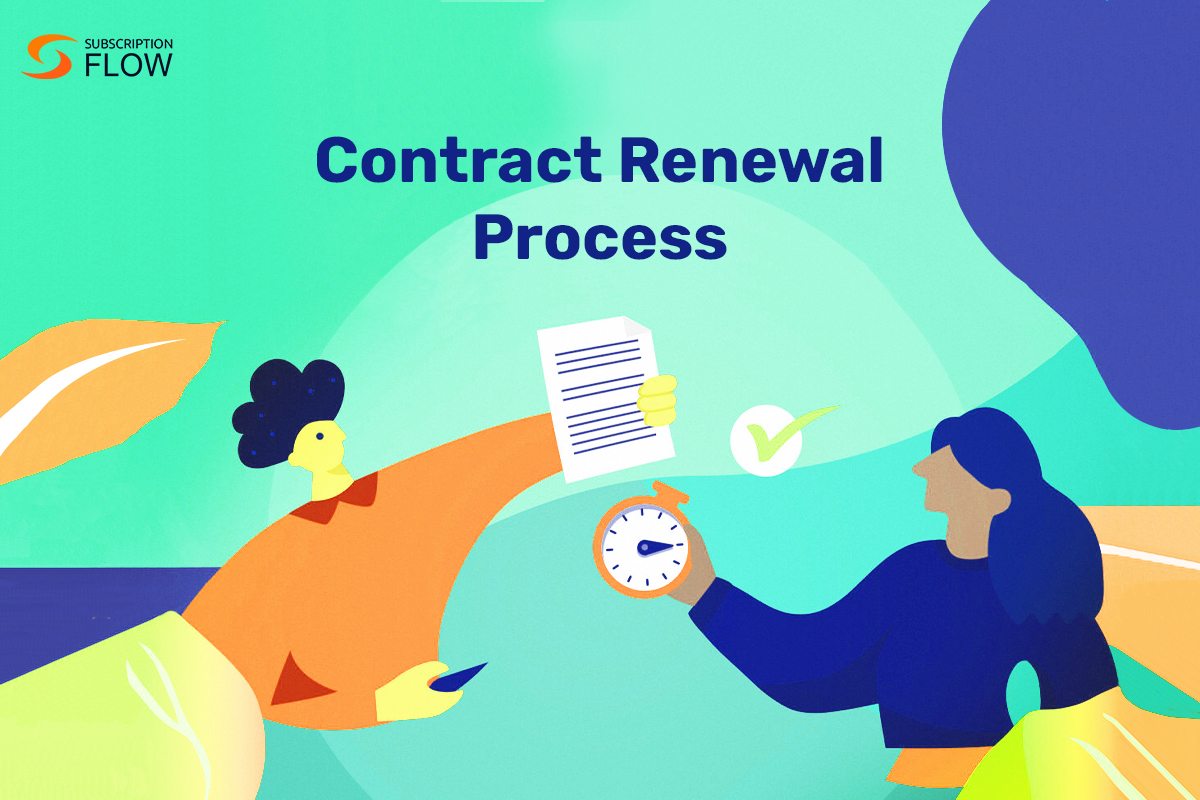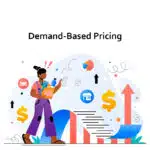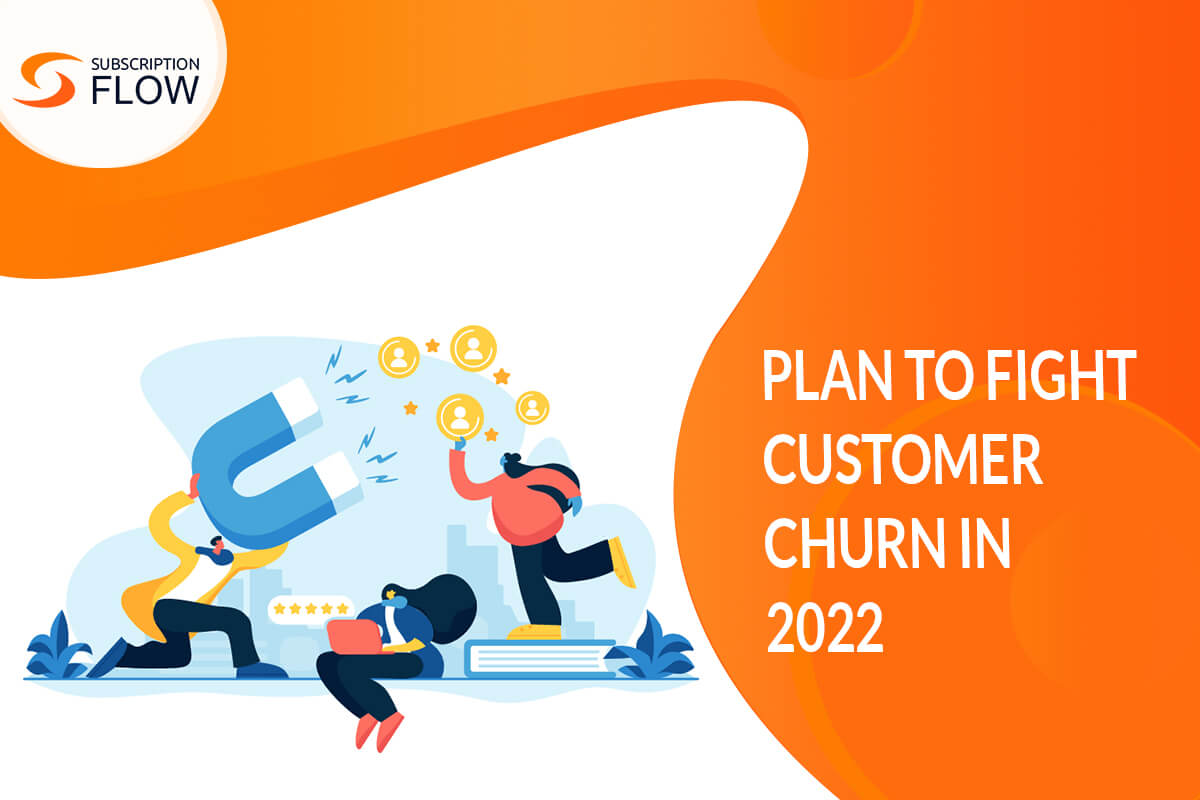
Optimizing SaaS Contract Renewal: Success Strategies
Whether they like to admit it or not, everyone is anxious about a good thing coming to an end. Businesses, just like individuals, are anxious about their contracts expiring and not being renewed. Even the best companies in the world only end up renewing 56% of their contracts. With statistics regarding contract renewals being so abysmally low for even the best companies in the world, what chance do those of us stand that do not fall in the top tier?
This is why, in this blog, we will cover the contract renewal process best practices to help businesses struggling with SaaS contract renewal. In doing so, we will also review the benefits an early renewal SaaS contract offers companies.
Read more: How to Maximize Subscription Renewals Ethically
What is SaaS Contract Renewal?
SaaS contract renewal is the process by which a SaaS company and its client examine, negotiate, and extend the existing subscription agreement for continuing usage of the product/service beyond the initial time mentioned in the contract. This includes evaluating the customer’s terms, price, features, and any necessary adjustments or improvements. A successful SaaS contract renewal helps to maintain a smooth customer-provider relationship by assuring continuous access to the software and allowing both parties to match their needs and expectations for future collaboration.
How to Renew Your SaaS Contract: A Step-by-step Guide from the End Consumer’s Perspective
Before understanding the benefits of renewing your SaaS contract, it is important to also go through a step-by-step guide from the end consumer’s perspective that covers the benefits they see in renewing their SaaS contract. Understanding this will help you, a SaaS business owner, better decide how to customize your contracts to suit your customers’ needs better.
The guide is as follows:
1. Early Evaluation: Begin the renewal process far before the contract’s expiration date. This allows both sides enough time for conversations and negotiations.
2. Current Usage Evaluation: Examine how your company has used the SaaS product throughout the current contract period. Evaluate its efficacy, usage trends, and any difficulties encountered.
3. Identify Needs: Determine whether your company’s needs have changed since the first contract. Determine whether new features, users, or improvements are necessary to meet your present needs.
4. Engage with Provider: Contact your SaaS provider to indicate your want to renew. This is a chance to address any issues, changes in needs, or potential enhancements.
5. Contract Review: Carefully examine the existing contract terms, such as price, licensing, and service level agreements.
6. Negotiations: If you’ve found places for improvement or modifications, talk to the provider about it. This might include conversations regarding price changes, new features, longer support, or customization.
7. Analysis of Competitors: Investigate different SaaS providers in the market to verify you’re receiving the most value for your money. This knowledge may come in handy during discussions.
8. Vendor Roadmap: Learn about the product roadmap of the SaaS provider. This will assist you in anticipating impending features and upgrades, which may influence your choice to renew.
9. Data Migration: If necessary, explore data migration or data portability options, particularly if transferring providers.
10. Contract Extension: Request a contract extension once you and the supplier have agreed on the conditions. This document should include the updated terms, price, duration, and any new agreements.
11. Legal Analysis: Before signing the contract extension, it is best to have your legal team analyze it. This confirms that you understand the terms and conditions completely.
12. Signing and Execution: The signing and execution of the contract extension whenever both parties are pleased with the conditions. This effectively closes the deal for continuing SaaS use.
13. Communication: Inform your internal teams about the contract renewal, any revisions, and the schedule for implementation.
14. Transition Plan: If any modifications or upgrades are made, collaborate with the SaaS provider to develop a transition plan that enables a smooth transfer to the new features or terms.
15. Regular Check-ins: Maintain an open channel of contact with the SaaS provider during the contract renewal term. Evaluate the software’s performance against your company objectives on a regular basis.
Why Renew Your SaaS Contract: A List of Benefits from the SaaS Business’s Perspective
Now, after having understood how end consumers see SaaS contract renewals, it is time to see how these can be leveraged by businesses to see how they can best tailor their contract renewal process to suit their end consumer’s needs.
The benefits are as follows:
1. Consistent Stream of Revenue: Contract renewals provide a consistent and predictable revenue stream, which contributes to your company’s financial stability.
2. Retention: Renewals aid in the retention of a loyal consumer base. Customers who are satisfied are more likely to renew, lowering churn rates and related expenses.
3. Long-term connections: Successful renewals promote long-term customer connections. This can lead to more revenue through upselling, cross-selling, and referrals.
4. Lower Acquisition Costs: Retaining existing clients is less expensive than acquiring new ones. Renewals cut down on the requirement for intensive marketing.
5. Showcase Product Worth: A renewal opportunity allows you to highlight your SaaS product’s continuous worth. Highlight upgrades, enhancements, and new features.
6. Data-Driven Improvements: During renewal, consumer input gives insights for product upgrades and improved alignment with customer demands.
How SubscriptionFlow Can Help Renew Your Contracts?
SubscriptionFlow is a robust subscription management platform that lets you automate your subscription management needs by streamlining your workflows.
Furthermore, SubscriptionFlow automates renewal invoicing by securely storing payment information and performing transactions on the renewal date. It engages clients proactively, delivering reminders about potential payment troubles or other circumstances that may affect renewals, and it delivers real-time statistics on customer behavior and interaction. These insights enable data-driven pricing and contract changes. Overall, SubscriptionFlow streamlines the renewal process for SaaS companies, making it more efficient, customer-centric, and data-driven.
Read more: Creating the Perfect SaaS Renewal Playbook for Customer Success Aug 10th, 2023 SaaS
The bottom line
To summarize, resolving contract expiry fears is critical for businesses, and contract renewal process best practices are critical in preserving growth and customer connections. Even the most successful firms suffer from low renewal rates, emphasizing the need for effective renewal initiatives. In this blog, we have gone over the step-by-step process of renewing a SaaS contract from the end user’s perspective, stressing early review, needs identification, negotiations, legal analysis, and implementation.
Furthermore, it has emphasized the benefits of contract renewals from the viewpoint of a SaaS business, such as continuous income streams, customer retention, long-term relationships, cheaper acquisition costs, demonstrating product worth, and data-driven enhancements.
Book a demo with SubscriptionFlow to effectively manage your SaaS contract renewals.










